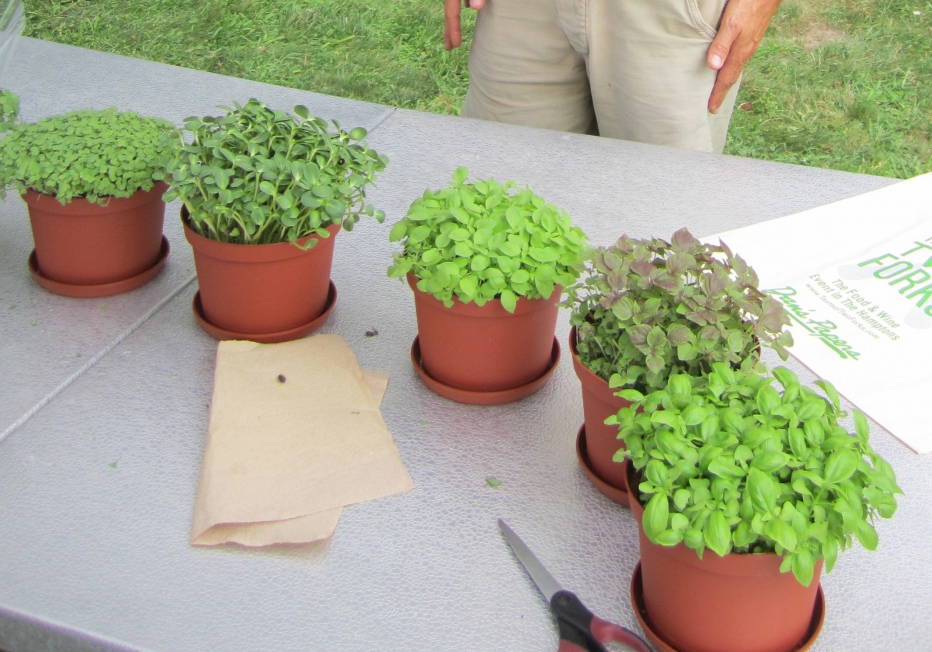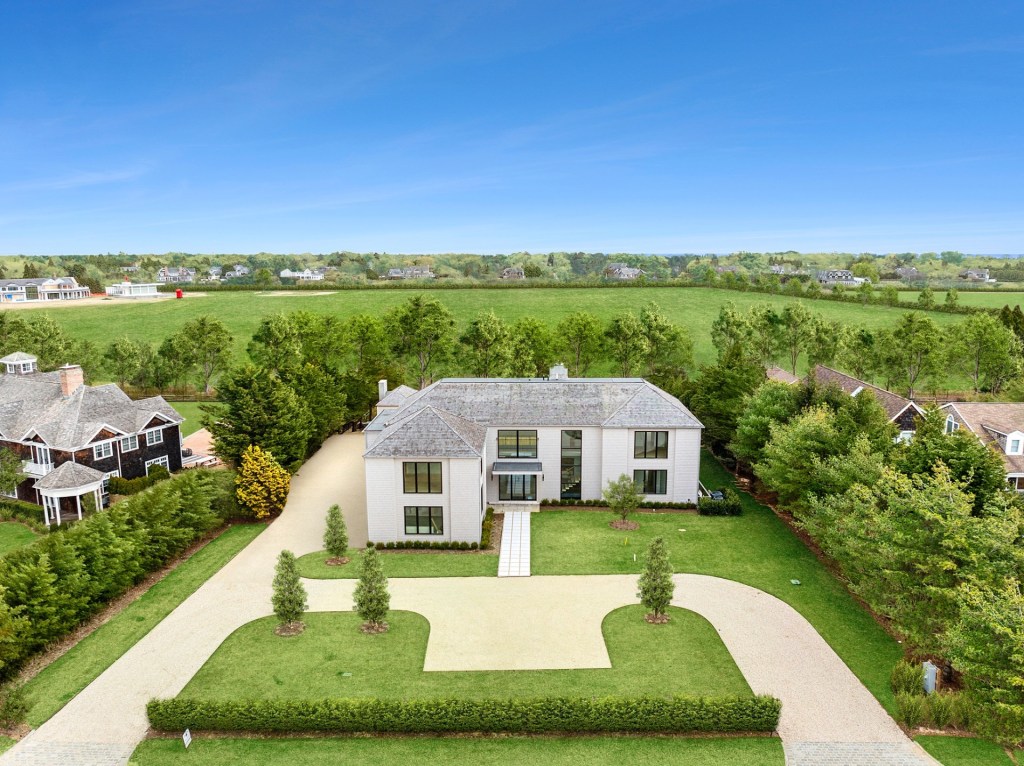Looking at the Big Picture for Microgreens

Brendan Davison of Good Water Farms is a farmer who believes in quality.
8He sees to it that his crops of certified organic microgreens don’t just look good on a plate—but are also intensely flavorful and nutritious. While many growers use soil-free growing media, Good Water employs an organic potting mix enriched with worm castings, bat guano and fish meal. Plus a certain something mystical. Says Davison, “I feel at this point Good Water Farms has become my spiritual practice. The mission has been conceived out of a story Ram Das told…during the early 1970s when Ram Das started bringing westerners to India, one woman for a whole month kept asking the guru ‘How do you become enlightened?’ every day! The guru, who did not have any teachings in writing or otherwise, finally after a month of being asked for something anything…said ‘Feed people. Serve people.’”
Davison is a practitioner of shamanic energy medicine. He has studied the discipline in Peru where shaman-farmers are a norm. “Opening sacred space” involves invoking the four directions, which Davison does every time he plants seeds.
I think I’ve had the pleasure of trying all of Good Water’s microgreens in local restaurants and from Davison’s stand at the Springs Farmers Market: amaranth, arugula, basil, carrot, cumin, kale, mustard, pea, radish, red shiso, sorrel, sunflower and wasabi. But since there are now over 20 varieties—I may have lost track.
When I eat Good Water Farms’ baby broccoli and baby cabbage I know that Davison has babied them. It takes the different varieties about 8 to 24 days to go from planting to plate.
Davison started his farm in his Amagansett backyard in a 7’ x 14’ greenhouse in 2011. In 2012 he moved operations to an 1,800-square-foot warehouse space in East Hampton and soon after he added a 20’ by 40’ greenhouse. He’s currently looking for additional space on the East End.
Davison delivers microgreens to businesses and restaurants all over the South Fork and in New York. He has expanded his retail line to Whole Foods. It’s currently in 13 stores in New York City, Brooklyn, on Long Island and in Connecticut and New Jersey.
What’s with all this growth? Microgreens aren’t getting bigger—THEY’RE HUGE. What top chef would work without them now? Much more than a garnish, microgreens can inform sushi, salads, soups and main dishes—smoothies, wraps, sandwiches, you name it. Farmer Davison has even grown some specific greens to fill chefs’ requests.
Currently he sells to New York restaurants including North End Grill, Whitehall, Collichio & Sons, Craft, Foragers, The Fat Radish, 11 Madison Park, The East Pole and The Musket Room.
Plus Davison is working with the nonprofit Harlem Grown to bring microgreens to the food deserts of Harlem with the help of Tony Hillery. Hillery runs the Urban Farm on 135th Street.
What makes Good Water Farms microgreens the best? It’s not hydroponics, Davison stresses. His greens, which are grown in certified organic soil, are sold while still growing—you slice them off just as you’re about to use them, maximizing their benefits. A recent University of Maryland study has proven that a plant’s first true leaves are estimated to be four to six times as nutritious as mature leaves. Plus they’re tender and oh-so-tasty, sweeter than the full-grown vegetable.
Where can you buy Good Water Farms’ microgreens locally? Provisions in Sag Harbor, Amagansett’s IGA and Naturally Good in Montauk.
What area restaurants use them? Almond and Topping Rose House in Bridgehampton, Sen in Sag Harbor and, out in Montauk, they’re all the rage at the Surf Lodge, South Edison, Navy Beach and the Crow’s Nest. When in East Hampton you can try them at Fresno or Race Lane.
I pick mine up from the Springs Farmers Market on Saturday mornings—they’re close by your weekend on the East End—can’t you just taste the goodness?
For more info, visit goodwaterfarms.com.



